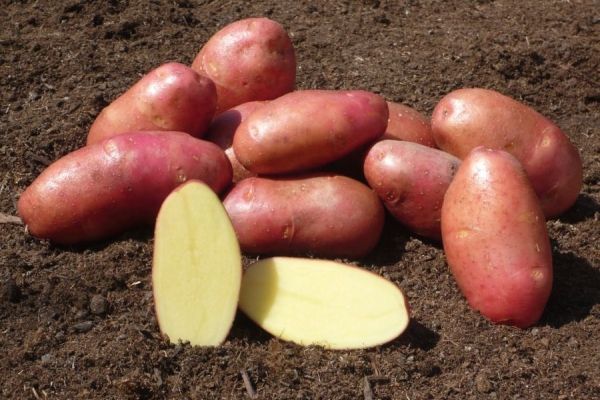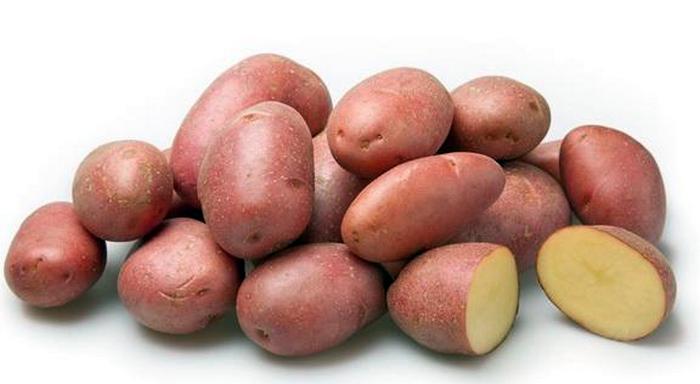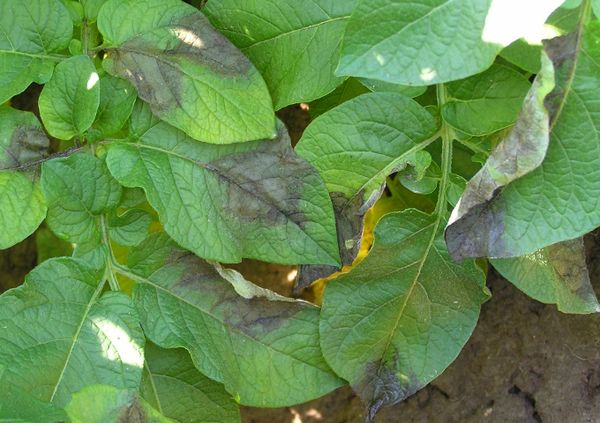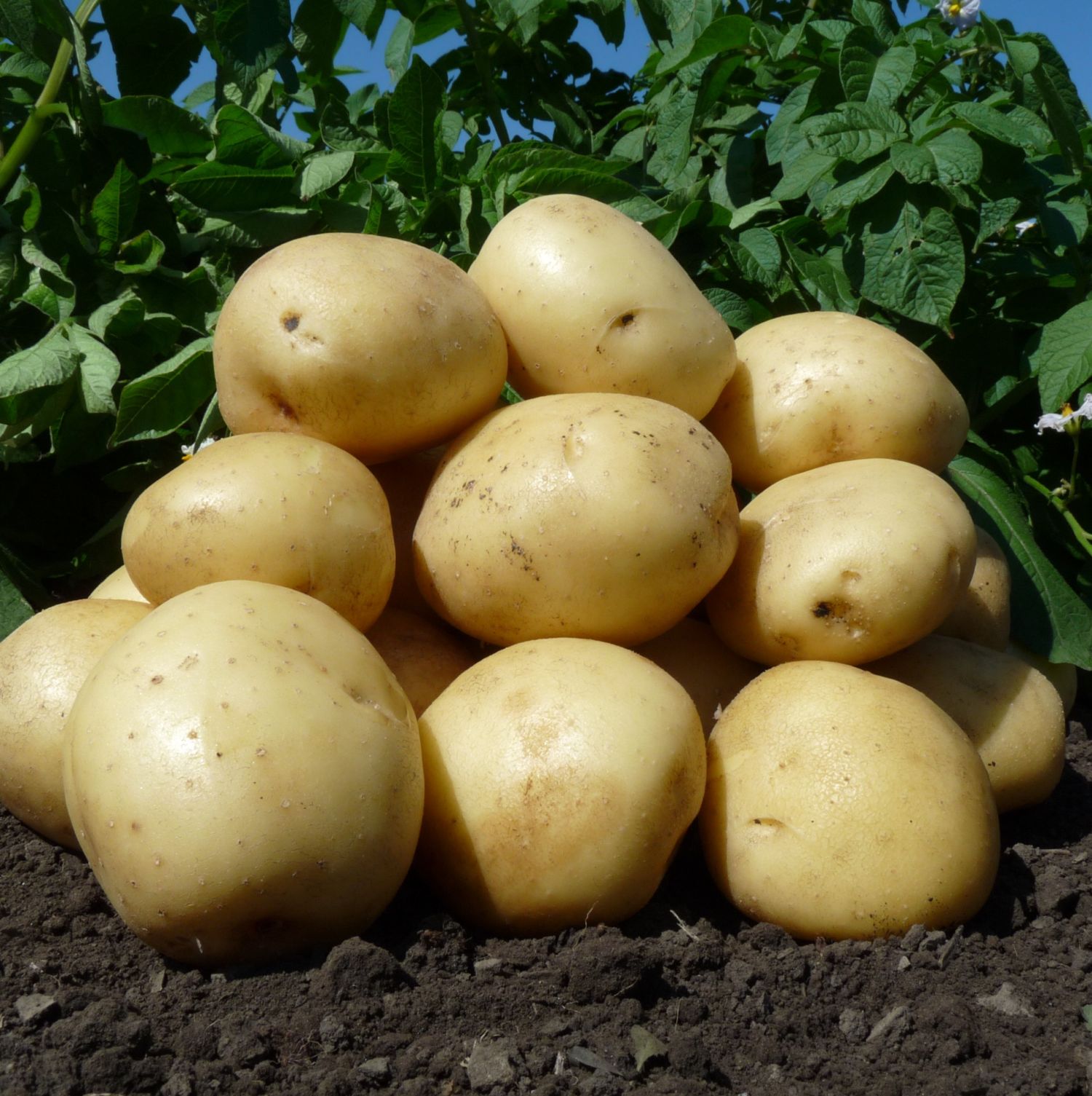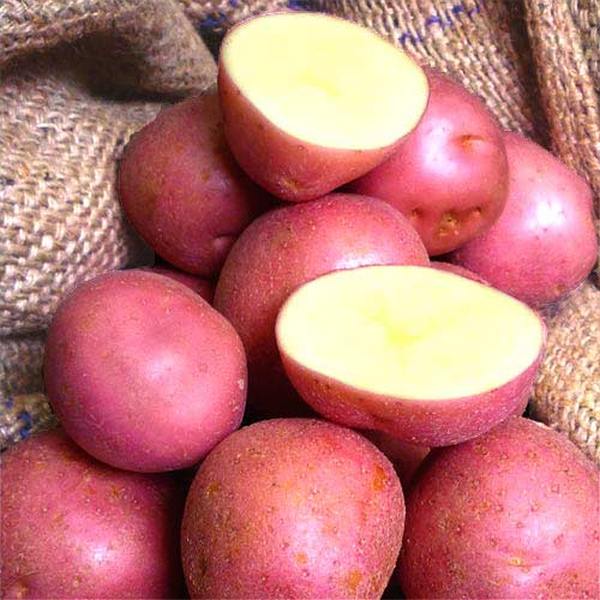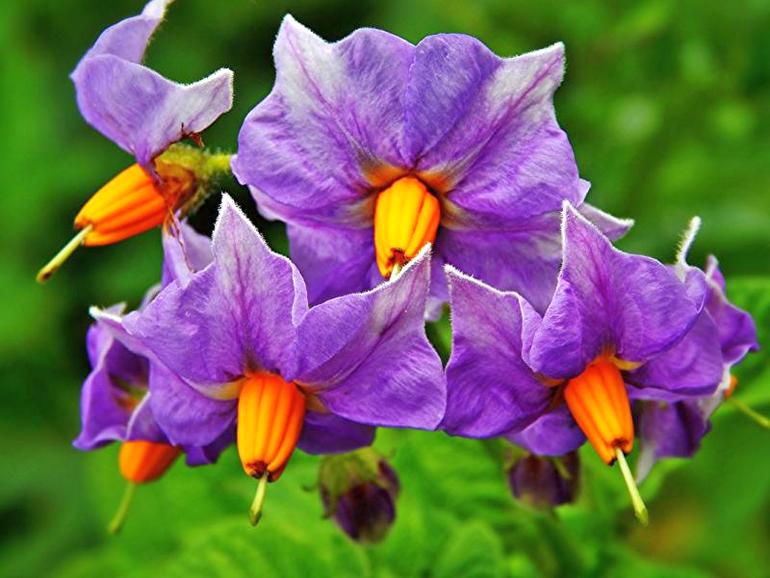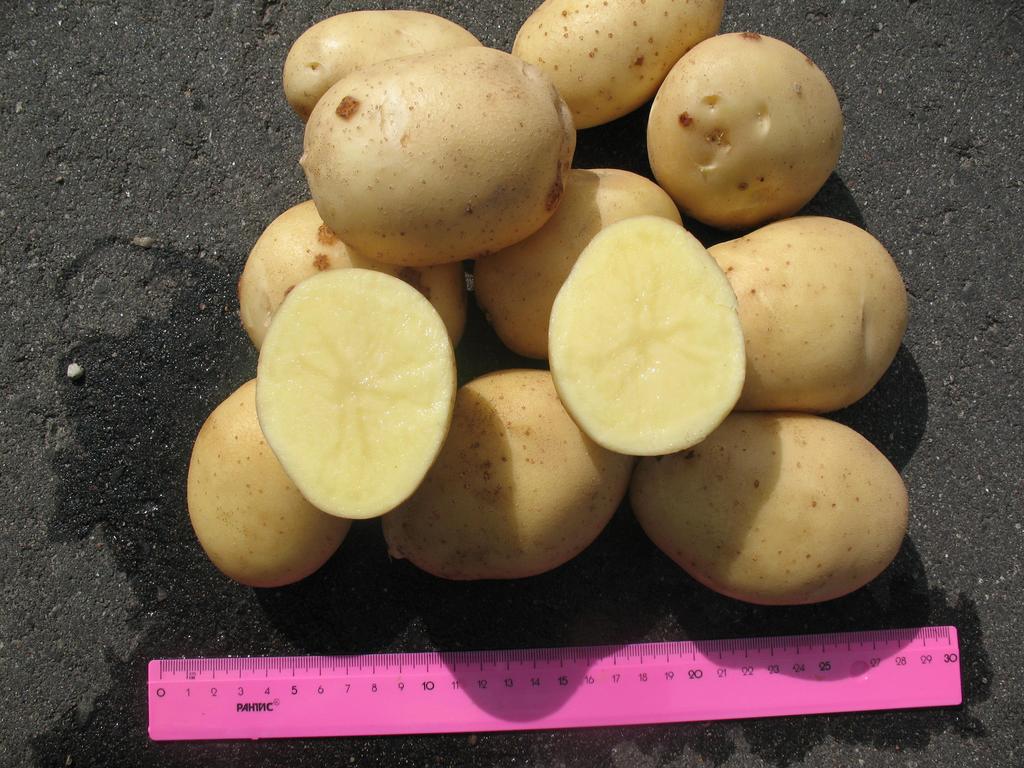The potato familiar to everyone belongs to common garden crops, grown for many years in almost every vegetable garden or suburban area. One of its varieties is called the Alvara potato, the cultivation and care of which will be discussed in detail in this review.
Background
The Alvaro potato variety, the characteristics of which are discussed in the next section, were bred by two breeders from Germany (the Lange brothers). Both of them received biological education and from a young age were engaged in the cultivation of new crops.
Their long-standing and cherished dream was to develop a new mid-early variety, surpassing all the previous ones in terms of its performance. In 1975, through the efforts of these people, two experimental maternal tubers were crossed. After that, over 10 years of continuous stepwise selection, the only potato root crop was selected that successfully passed all the tests.
In 1985, Alvar's potatoes were successfully registered in the German register of varieties known in Europe. In Russia, this type of garden crops took root very quickly, every year the demand for it among amateur gardeners only increases. This popular potato variety grows well and reproduces on almost any soil, even unsuitable for its cultivation.
Description
The considered varietal potato Alvara, whose description can be found in this section, belongs to the medium-early universal species with a ripening period of about 80-90 days. The content of the main nutrient component (starch) in it is about 12-14 percent. The description of fruits in this class can be given as follows:
- The mass of each of the individual tubers reaches about 90-100 grams, their number on the bush most often exceeds one dozen (this parameter varies from 8 to 14 pieces).
- They all have approximately the same oval shape with small, shallow eyes.
- The skin color of this variety is slightly pink, its flesh has a yellowish tint.
On a tall (up to a meter) bush of Alvar potatoes, rather dense foliage grows, among which flowers of a violet-red hue are clearly distinguishable. When growing, the tubers of this culture are not placed very deeply in the ground and rather compactly.
This variety is resistant to almost all known types of diseases, its use is not limited to one private farm (this type of potato is also grown on an industrial scale). That is why, if you wish, you can freely buy it at any grocery store or at the grocery market.
Growing features
Experts on potato crops warn that the peculiarity of the growing season of this variety is the need for preliminary germination of selected tubers. At the same time, the composition of the soil in a suburban area is not so important for planted workpieces, which grow well both on clay, and on sandy or peat soils.
The current instruction for planting potatoes prescribes heating the tubers just before placing them in the holes, due to which the sprouts are slightly extended in length.
For a longer and more intense illumination of young growth, the grooves for planting tubers should be located in the direction from the southern side of the site to its northern edge. The optimal distance between adjacent planting rows should be at least 65-75 cm, between individual holes with tubers - about 35 cm.
If there are infertile and depleted soils on the site, they will need to be fertilized with a small amount of peat, as well as add humus or organic fertilizers. Good germination and growing season can also be helped by timely applied mineral fertilizing, distributed evenly over the entire planting area.
Caring for this variety comes down to its regular hilling, preventive treatment and watering, carried out only when necessary (with a strong drying out of the soil under the bushes). In order to comply with the rules of crop rotation, potatoes should be planted in areas where nightshade or legumes were previously grown.
The variety is resistant to most of the known garden diseases, such as:
- Late blight of tops and tubers.
- Dangerous viral diseases.
- Scab and nematode are golden.
The Colorado potato beetle is traditionally considered a particularly dangerous pest that can inflict maximum damage on it.
Advantages and disadvantages
Potatoes of this type have one attractive property, namely they are very well preserved for a long time, without sprouting and completely not succumbing to rotting. At the same time, during storage, the product preserves its taste well, which continues until the next sowing. Its advantages also include:
- High productivity.
- Excellent taste.
- Frost resistance and resistance to diseases of various kinds.
Along with high yields, this type of potato is not at all afraid of droughts, as well as a sharp change in climatic conditions.
Its only drawback is considered to be a special susceptibility to such a common disease as late blight, which most often affects the upper part. At the same time, it is believed that its tubers are much more resistant to the effects of phytophthora.
In the final part, it should be noted that the popular variety of potatoes called "Alvara" is able to satisfy the needs of gardeners in a tasty and nutritious vegetable product. However, the recommendations above should be followed to obtain good results.
